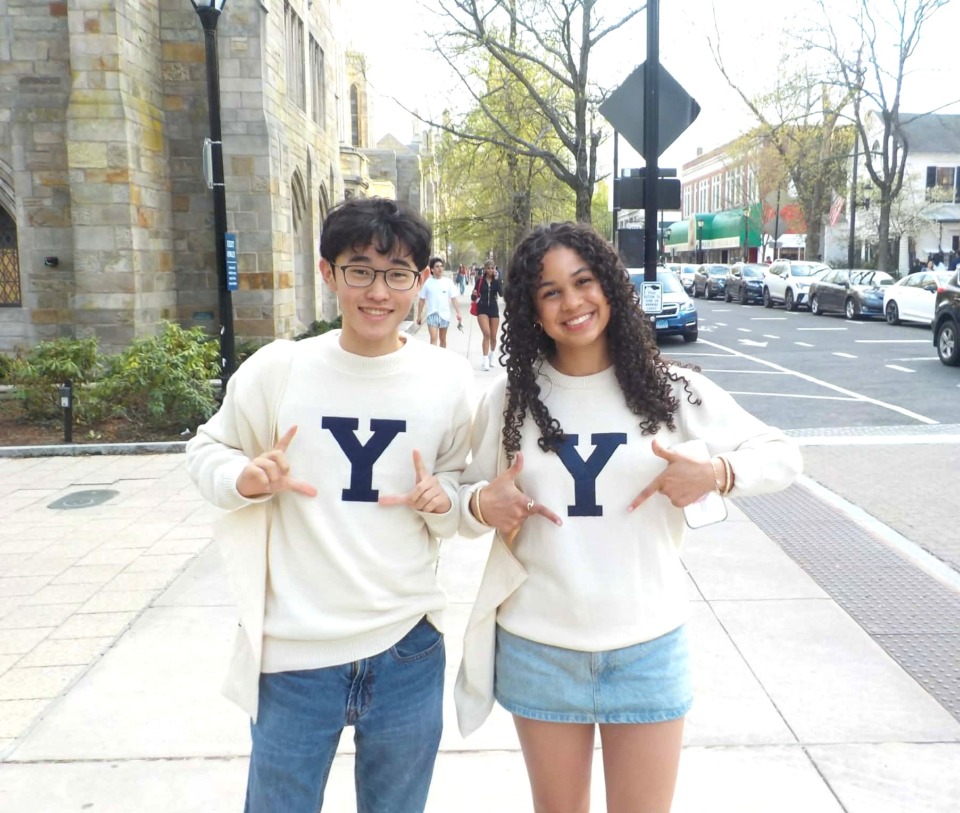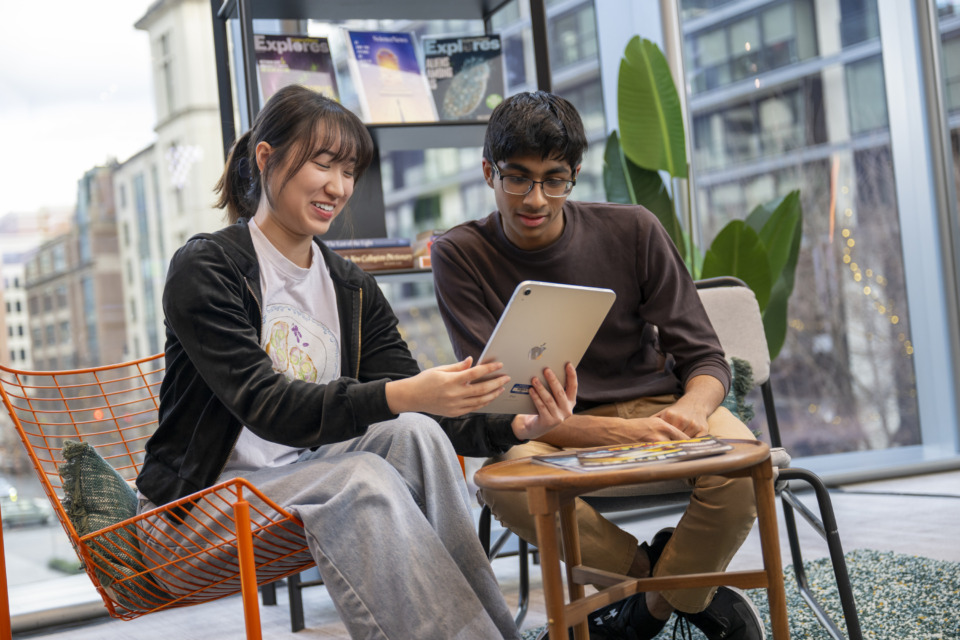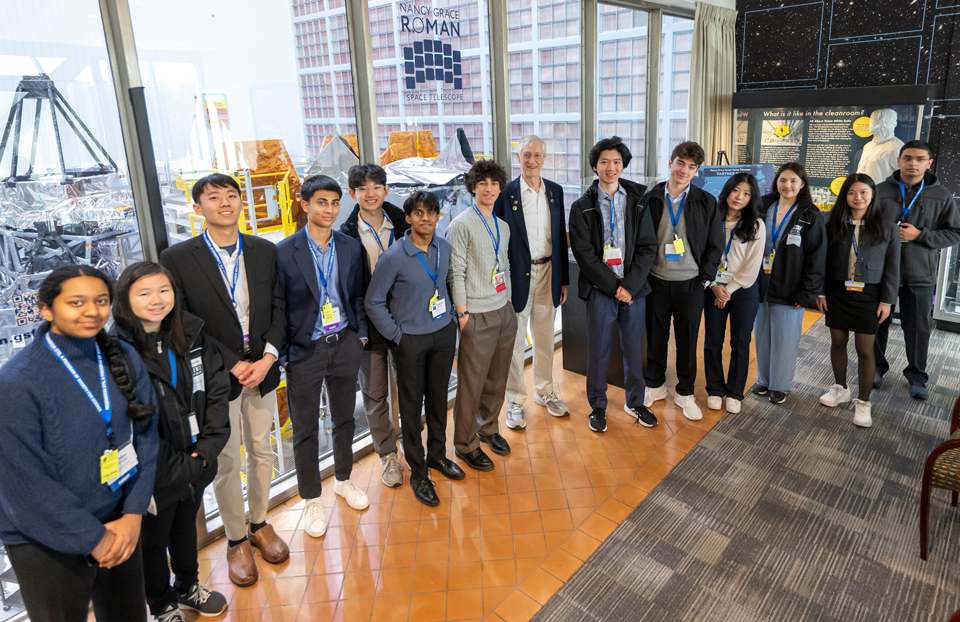Regeneron STS, Young & Amazing
STS finalists are improvisers. How 11 young scientists did their research from home.
As the world has been faced with a deadly pandemic, scientists worldwide have made extraordinary efforts to continue their research, whether it be from the bench, a research facility or from home. Many of this year’s top 40 Regeneron STS finalists’ research plans were disrupted. In order to adapt, some added new elements to their projects that could be done from home while others changed their focus altogether. This year, 27 of the 40 finalists (~67%) indicate that some part of their research was done at home.
Take Plano East Senior High School senior, Parisa Vaziri, who wasn’t going to let anything get in the way of her project. When the COVID-19 pandemic struck, she was crushed to find out that returning to the University of California, Berkeley research labs was not going to be possible. What did she do?
She improvised.
“Once I realized that everything would be closed for a very long time, I adapted to the situation to ensure that my research could successfully continue. After some negotiating with my parents, we decided I could have one of the bathrooms in our house for my experiments.” After sterilizing the space, she transformed it into a working neuroscience lab, fully equipped with a desk, shelves, a microscope and a designated spot for her fruit flies! “I had to completely rethink the ways in which experiments were run. From anesthetizing flies with vegetable packs, to reading genetics books between online classes, to fishing for large neurons under a simple light microscope.”
Parisa tells the Society that she learned that science “isn’t about fancy equipment and facilities; it’s about rethinking old problems to reach new solutions.” Below see how some of our Regeneron STS finalists adapted and found the positive within challenging conditions.
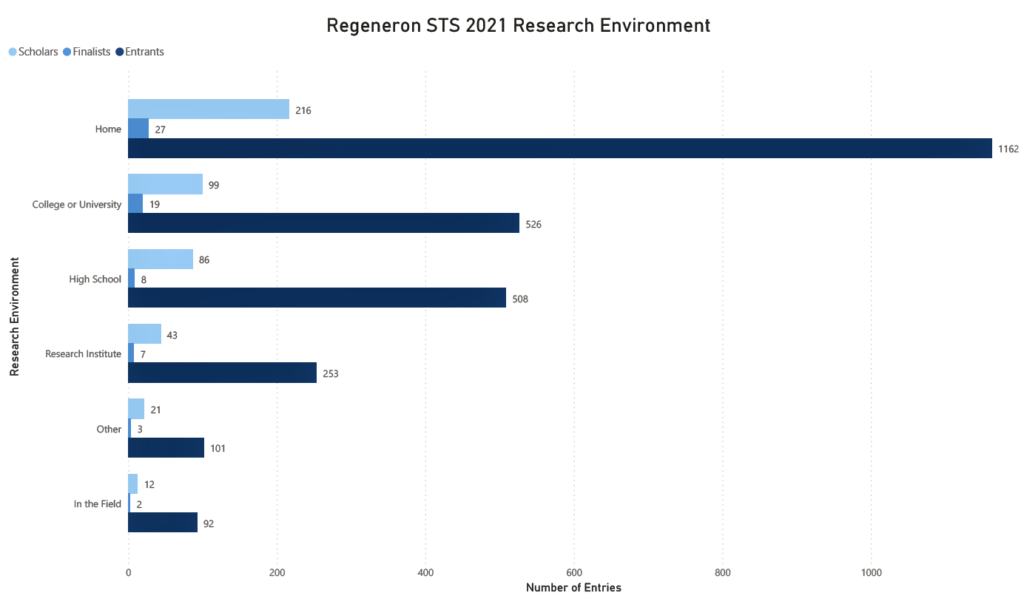
Sam Christian
Liberal Arts and Science Academy (Austin, Texas)
“In a positive way, the COVID-19 pandemic has allowed me to participate in large, virtual collaborations of scientists. My STS project involved lots of discussion with astrophysicists around the country and since everybody was used to meeting virtually, I was able to easily meet with them. I’ve realized, through the pandemic, how vital science is for our fundamental well-being and livelihood, as well as to the most critical policy decisions our governments make. Only through methodologically sound, well-funded science programs can we simultaneously advance our understanding of the world and maintain our collective well-being.”
Noah Getz
Bronx High School of Science (Bronx, New York)
“When I formulated my research question over the course of my junior year, I had aimed to eventually come up with a list of compounds that I could then test in the lab. Unfortunately, due to COVID-19, I was unable to go into the lab and instead gave the predictions to a graduate student who was kind enough to screen them. Additionally, not being able to go into the lab allowed me to focus on refining my model and select the data I wanted to work with. This also gave me time to read more papers about both the pathology of Alzheimer’s disease and computational drug discovery.”
Jared Ilan
Byram Hills High School (Armonk, New York)
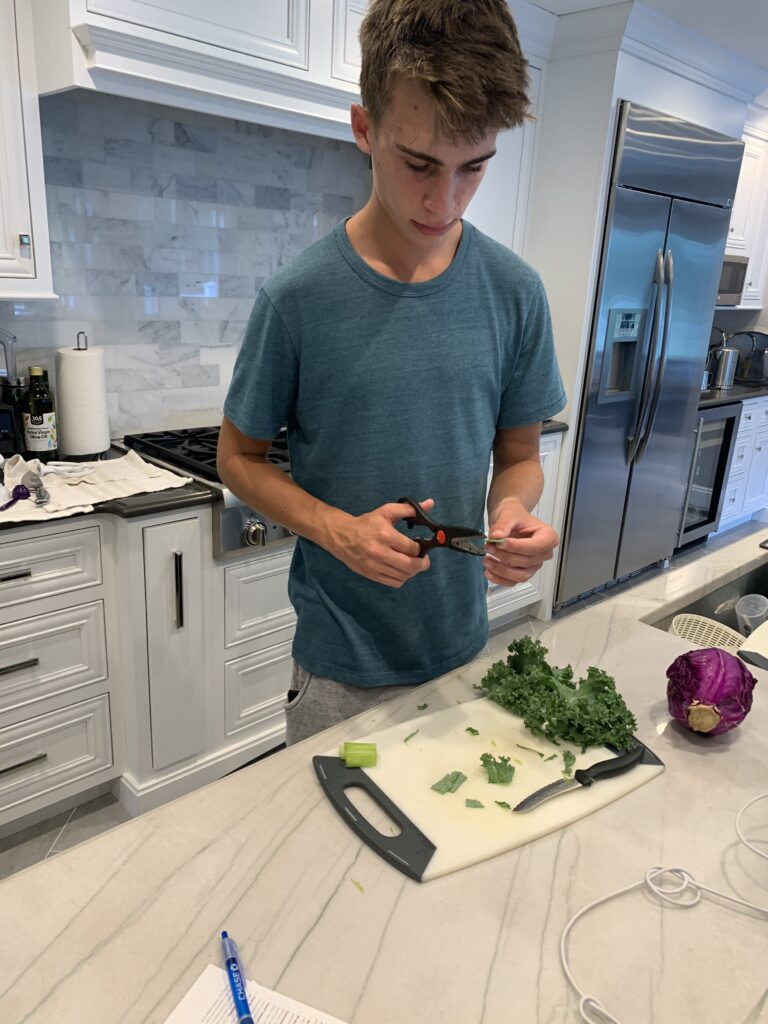
“In my research, I had to overcome the lack of equipment I had while conducting my study in my garage. I overcame this challenge by improvising home items to replace laboratory materials, such as using Method Dish Soap as the primary detergent for my study rather than sodium dodecyl sulfate, and created my own tensile testing device out of clamps and a water-filled plastic bag.”
Michael Pavelchek
Ossining High School (Ossining, New York)
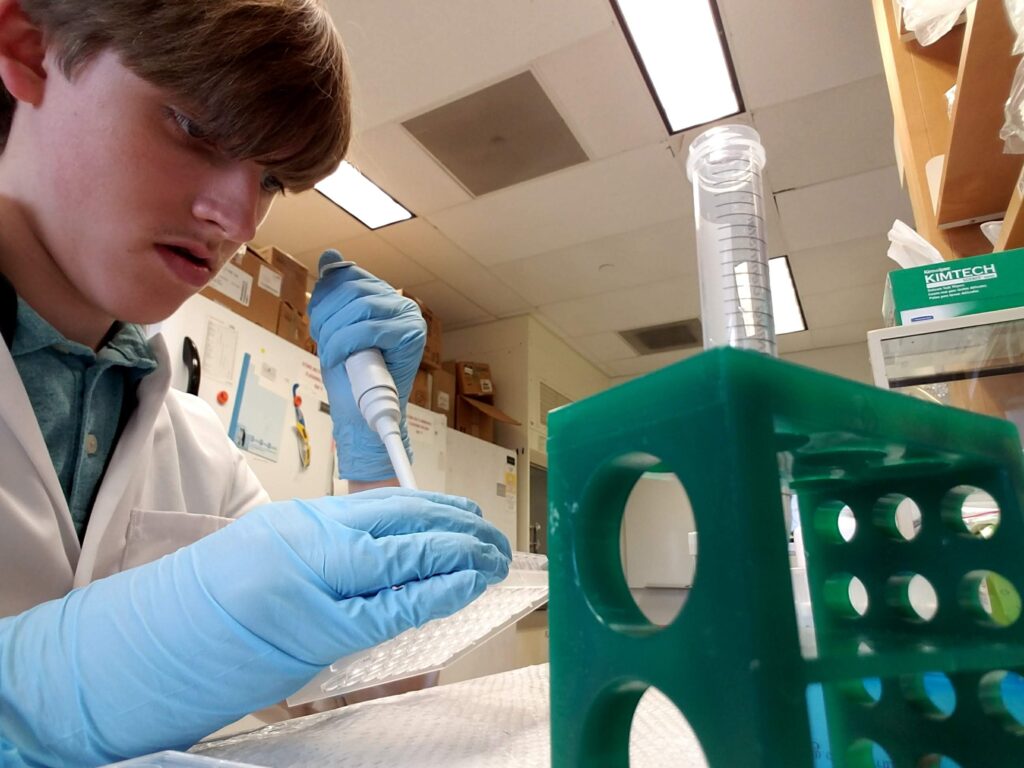
“The pandemic closed down my lab, leaving me with no clear path to continue my research. Deciding to pursue a bioinformatic component to my research, I learned to navigate and use the NCBI Geodatabase and GEO2R program. My original plan was to return to the lab last summer, where we would determine if my selected genes had differential expression among the two immune responses and if the two sub-populations were present in a Th1 immune response. Instead, I suggested to my mentor the idea of doing a meta-analysis of the gene expression in the two immune responses of allergic and nonallergic asthmatics. This would fit in with the original plan I had for my research during the summer.”
Anushka Sanyal
Homestead High School (Cupertino, California)
“COVID-19 cut my lab time short. My goal was to conduct a mass spectrometry assay and soluble/insoluble fractionation assay of yeast RNA lariats with TDP-43 to strengthen my data. These were planned for mid-March, but I was not able to return to the lab. From then onwards, I have been drafting my research paper on proteotoxic stress and neurodegeneration. My mentor and I have plans to publish it in early 2021.”
Claire Tang
Lynbrook High School (San Jose, California)
“COVID-19 has prevented me from attending classes, summer programs, and many competitions in person over the past year. I’ve missed out on meeting many of my classmates and like-minded students and interacting with them regularly, but I’ve still been able to continue many of the things I usually do remotely. I’ve worked on several medical imaging projects, the most recent one being related to COVID-19. Given the severity of the ongoing pandemic, I did research using deep learning to analyze the lung images for COVID-19 detection and diagnosis.”
Vivian Yee
International Academy (Bloomfield Hills, Michigan)
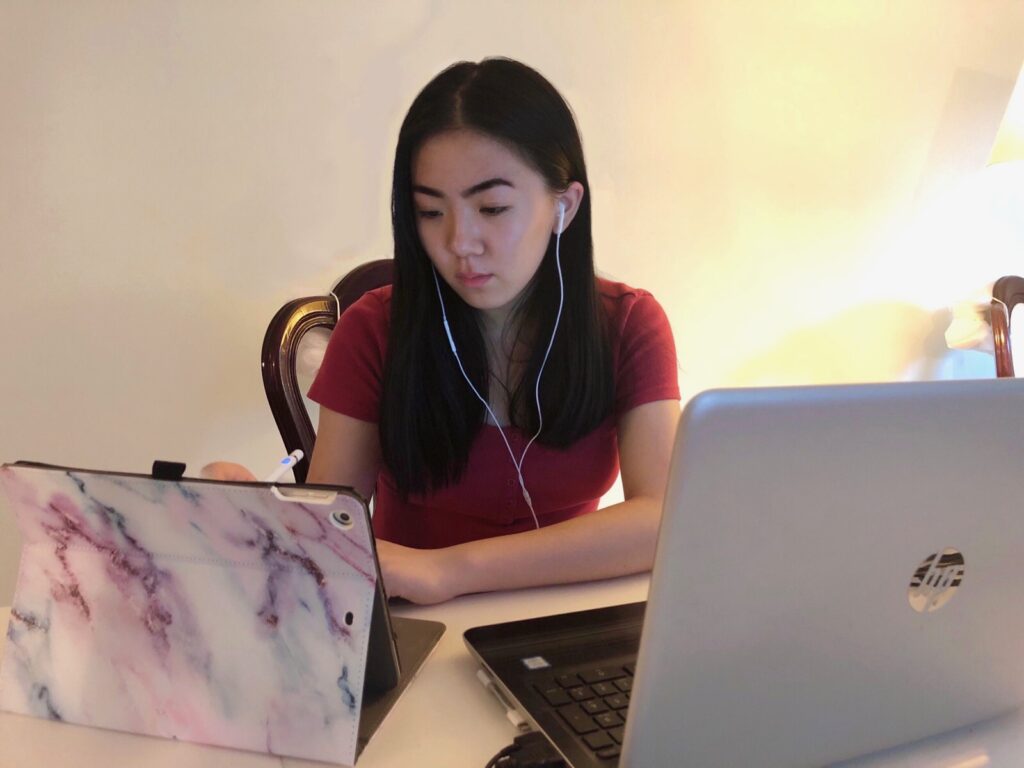
“Prior to the COVID-19 pandemic, I specialized in wet lab cell biology, requiring access to a lab. Unfortunately, I was unable to finish my experiments as I could no longer visit my local university lab. Thus, I spent this past summer designing a completely new project. I ventured into a different area of research and learned new skills through trial and error. By adapting to these circumstances, I was able to complete a full research investigation and even transform my findings into policy recommendations to promote tangible change.”
Justin Xu
Charter School of Wilmington (Wilmington, Delaware)
“When the pandemic struck, I couldn’t finish my 3D printing research. I no longer had access to high-performance computing resources that I had at the lab. Furthermore, I couldn’t hold face-to-face discussions with my mentor. This lack of a physical connection made discussing complex physics topics difficult. I gradually adjusted to the new normal. Skype and Zoom meetings weren’t the same, but they got the job done. Luckily, as most of my research is computational, I was able to finish experimentation, complete analysis and draft the manuscript. Given these circumstances, I am satisfied that I have been able to transition my research to this virtual setting without major mishaps, continuing important work in discovering innovative materials.”
Vetri Vel
Bangor High School (Bangor, Maine)
Vetri worked on a project aimed at detecting when an elderly person has fallen. “This year, I wanted to test the reliability of my system for longer periods of time in a nursing home with older adults. Since COVID is especially dangerous to the elderly, I couldn’t set up and regularly check on the system, which set back my research. However, I have made the best of my situation during the pandemic. I have continued to refine my system while quarantining. The pandemic has given me the opportunity to learn topics I find intriguing, such as abstract mathematics and classical physics. Thankfully, there are lots of resources and technology online to facilitate independent learning.”
Jason Zhang
The Carol Martin Gatton Academy of Mathematics and Science (Bowling Green, Kentucky)
“The pandemic has reduced the scope of the chemical reactions presented in my project. I was not able to test all of the compounds I initially wanted to test, but I was able to test most of them. Also, due to COVID-19, I was unable to perform mechanistic experiments like radical-trapping experiments to further support my proposed reaction mechanism. Despite this, I am grateful to all the scientists trying to combat this disease. I aspire to be like those scientists in the future, using science to find solutions to real-world problems.”
Want to follow along? Sign up to receive Regeneron Science Talent Search updates here. Stay tuned for the winners’ announcement on March 17.
